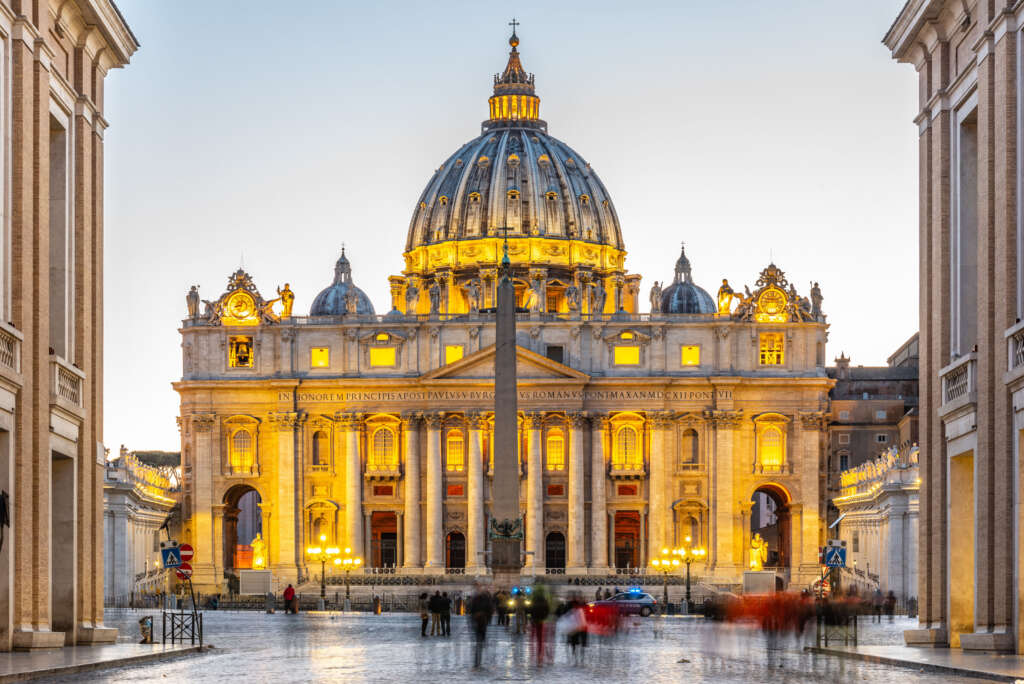Share This Article
In the late 17th and 18th centuries, as European colonizers increasingly spread across the globe with power, they carried along not just political command but also their artistic traditions.
Out of the many assertions, one symbol of their power and religious authority found heavy footing through ages. Known as ‘Baroque Architecture’, it features ornate details, dramatic curves, and unmatched grandeur.
Although unlike its intention of construction, it did not remain a one-way expression of dominance.
Colonized regions didn’t simply accept this imposed style. They transformed it into a powerful tool of cultural assertion, resistance, and identity formation.
It’s fascinating to see how marginalized communities took European architectural elements and created their own, standout hybrid styles that celebrated their local culture while appearing to conform to colonial expectations.
The Colonial Context of Baroque Architecture
Baroque architecture was meant to overwhelm human senses and assert religious authority. Through scale, detail and theatricality, it emerged to demonstrate the Catholic Church’ power as a response to the Protestant Reformation.
Colonial administrators and missionaries built churches, government buildings, and public spaces using baroque principles.
The message was crisp and clear: European culture was superior to any other.
This top-down approach underestimated the creativity and resilience of colonized people. Local craftsmen, artists, and communities subverted these imposed designs. They incorporated indigenous symbols, materials, and techniques into baroque architecture, creating something entirely new whilst maintaining the appearance of compliance.

Latin America: Baroque with an Indigenous Soul
In Latin America – Brazil, Mexico, and Peru architecture took root through the construction of cultural and religious spaces. While plans and instructions came from Europe, the hands that built these spaces belonged to indigenous and mestizo artisans. They transformed baroque churches into spaces of reserving their culture through the construction of cathedrals and mission churches.
Also Read: Why Most Temples in India Are Built to the East?

Local artisans finished the church’s facade with colorful Talavera tiles, creating patterns that referenced native designs. While colonizers saw decorative elements, indigenous communities recognized sacred symbols from their ancestral traditions.
Take the Church of San Lorenzo de Potosi in Bolivia or the Church of San Francisco Acatepec in Mexico: while unmistakably Baroque in their outlines, their facades are studded with indigenous motifs, vibrant talavera tiles, and hybrid iconography. Serpents, sunbursts, and pre-Hispanic flora are integrated within Christian symbolism, creating a uniquely local version of the Baroque style.
The baroque style provided perfect cover for cultural preservation. Its ornate nature allowed local craftsmen to hide indigenous motifs within acceptable European decorative frameworks.
Here, Baroque architecture became a double-edged tool: while it served the colonial narrative, it also allowed communities to insert their cosmology, aesthetics, and language into a taut system. What was once a symbol of control became a platform for silent assertion.

Filipino Baroque: Earthquake-Resistant Cultural Fusion
In the Philippines, communities developed a unique approach to baroque architecture that sufficed both cultural as well as practical needs. The famous ‘Earthquake Baroque’ style emerged here, from a requirement to create structures that would have the ability to withstand seismic activity.
Filipino builders used local materials like bamboo and nipa while maintaining baroque proportions and ornate elements. Churches were constructed with flexible techniques and made of thick walls and low profiles in accordance with indigenous building wisdom.
The decorative motifs often incorporated Filipino symbols, creating a distinctly local interpretation of European baroque style. These buildings mainly served as community centers where Filipino culture could be practiced and preserved.

Goa: Baroque under Indian Skies
In Portuguese-ruled India, Goa, Baroque style found its expression in structures such as the Basilica of Bom Jesus and Sé Cathedral which are unmistakably European in plan, but their execution bears the stamp of Indian craftsmanship.
Stucco work, gilded altars, and typical Corinthian columns were accompanied with floral and tropical motifs. Through native methods using laterite stone and lime plaster, Indian artisans blended these forms often improvising structural proportions that would suit the tropical monsoon climate prevalent there.
This blend wasn’t always about resistance but also about adaptation and localization, and sometimes even subversion. In altarpieces, one can occasionally spot hints of Hindu temple iconography.
Architecture in this context, became a cultural negotiation, where Indian identity seeped into a European framework.

Baroque as Expression, Not Imitation
What makes the above mentioned regional adaptations so powerful is that unlike pastiche architecture, these are translations of local symbols, materials and traditions.
These examples demonstrate that marginalized communities were not passive recipients of a widely dominant culture. As active creators of new cultural forms, they expressed the power of architecture as a form of resistance and methods to preserve identity even within imposed systems.
The spreading of Baroque architecture is not linear. Though born in Rome and spread through conquest, the spreading of baroque architecture isn’t linear.
Its legacy is a reminder that culture cannot be erased or replaced. Instead, it adapts, evolves, and finds new expressions even under the most challenging circumstances.
Baroque buildings of the colonial world are testimonies of the power of cultural creativity and unbreakable human spirit.
